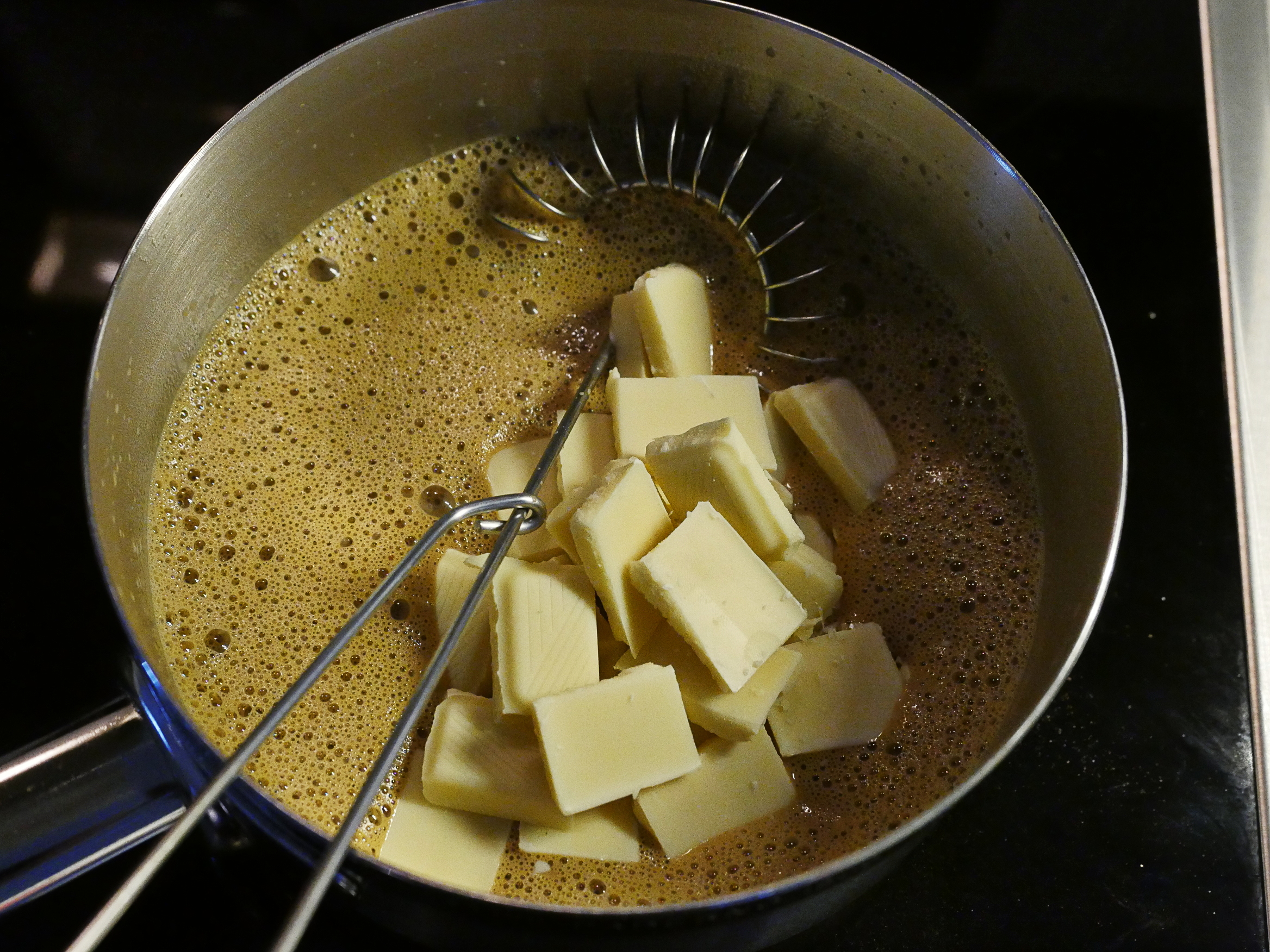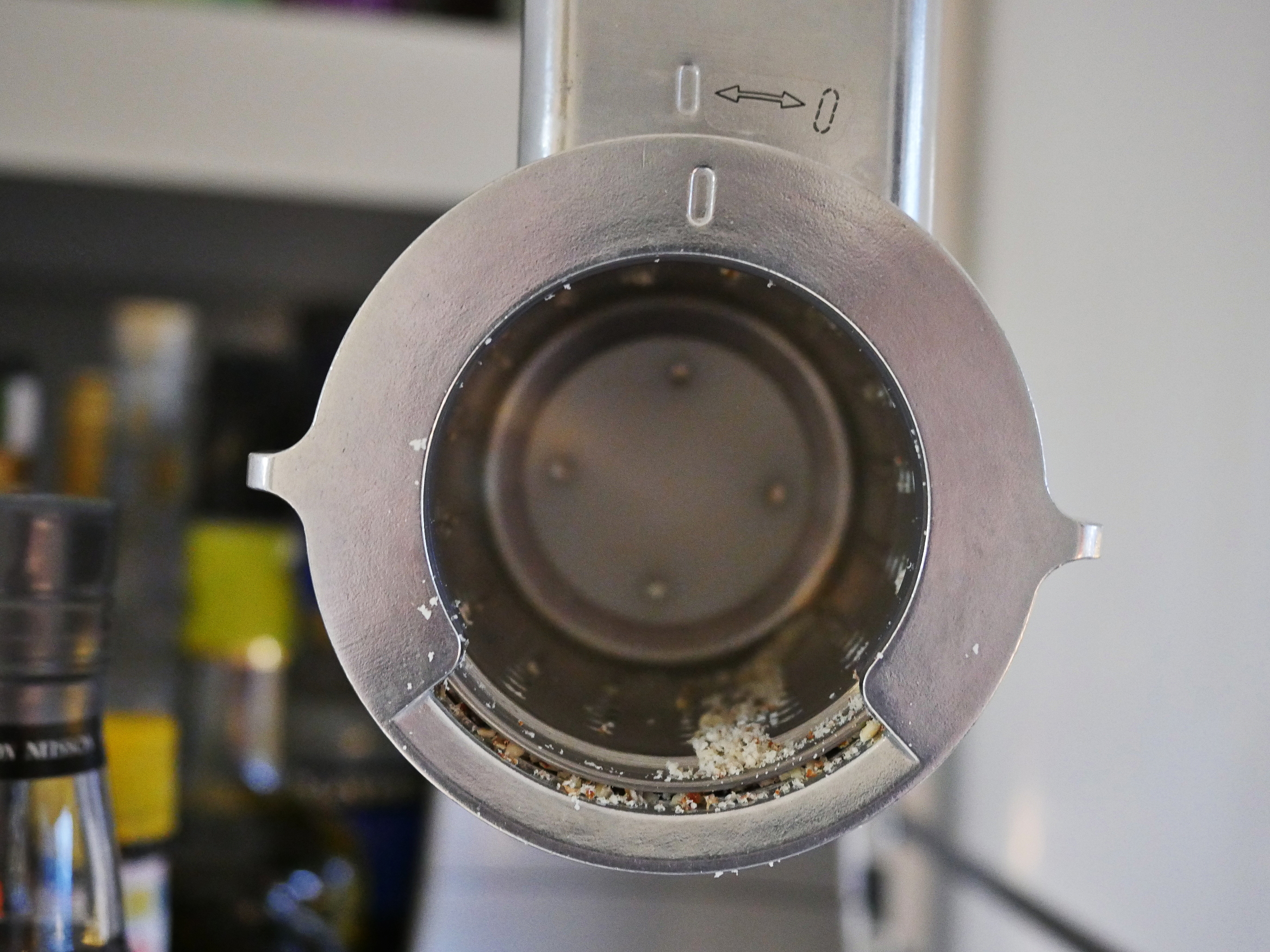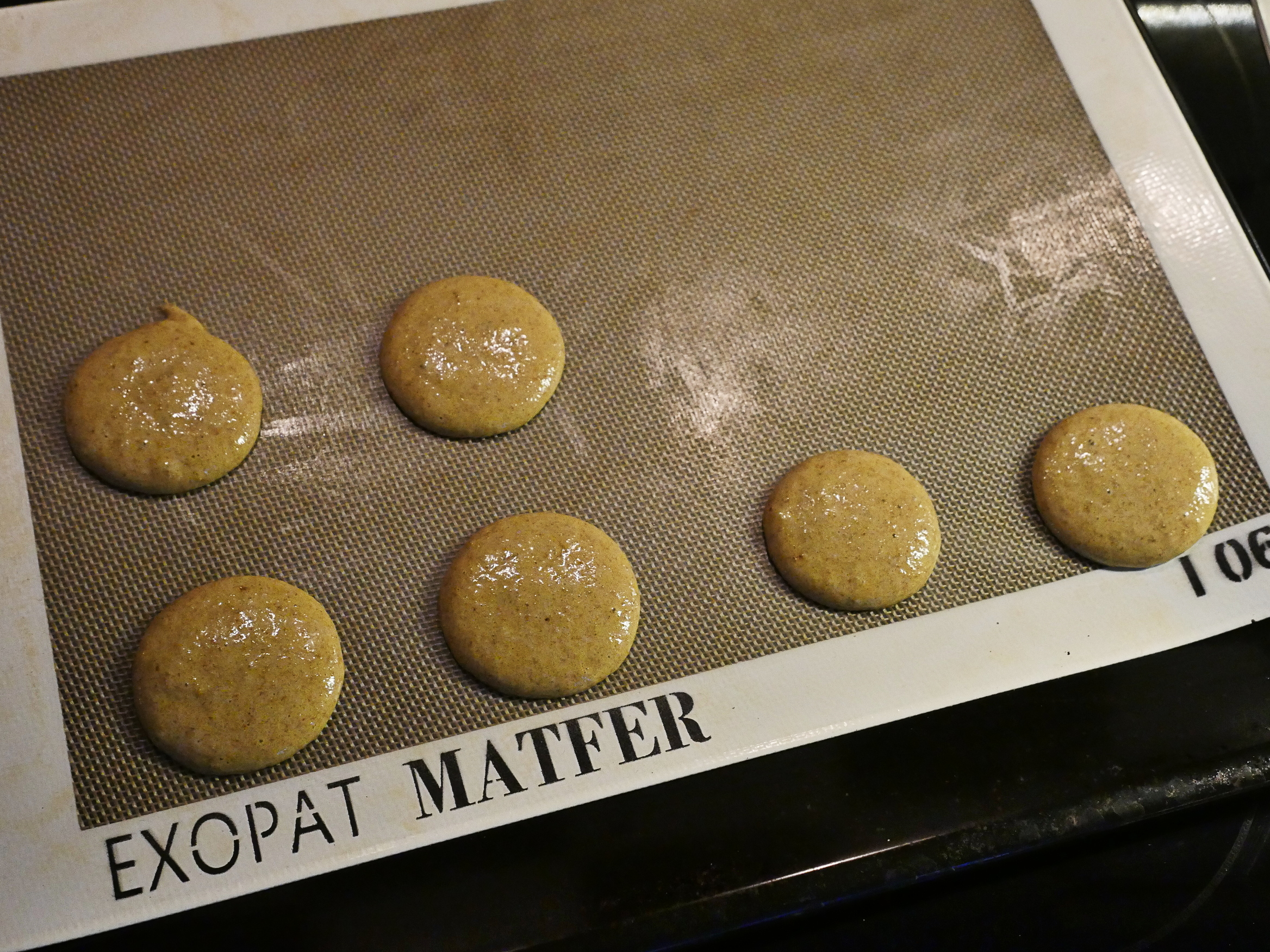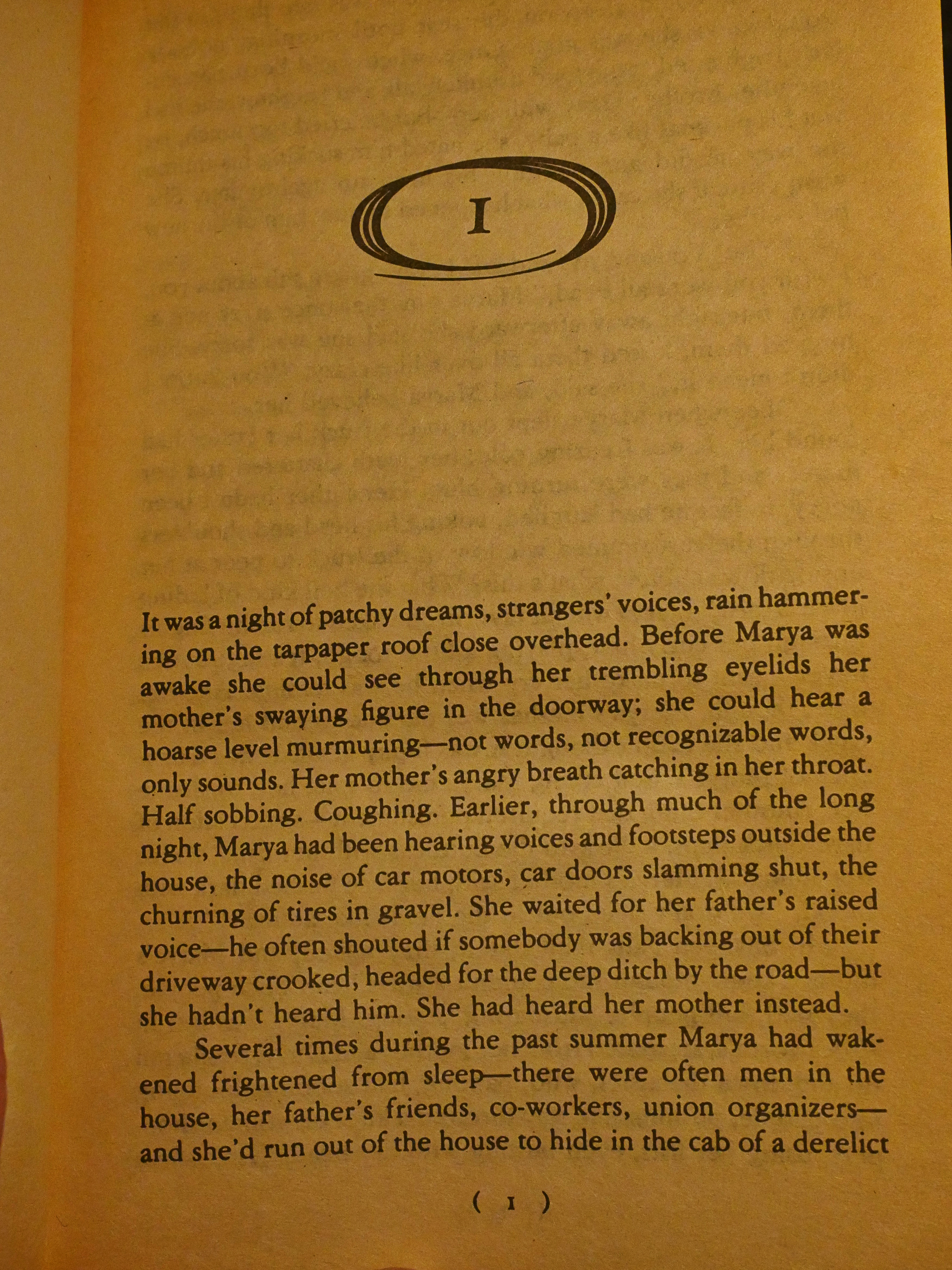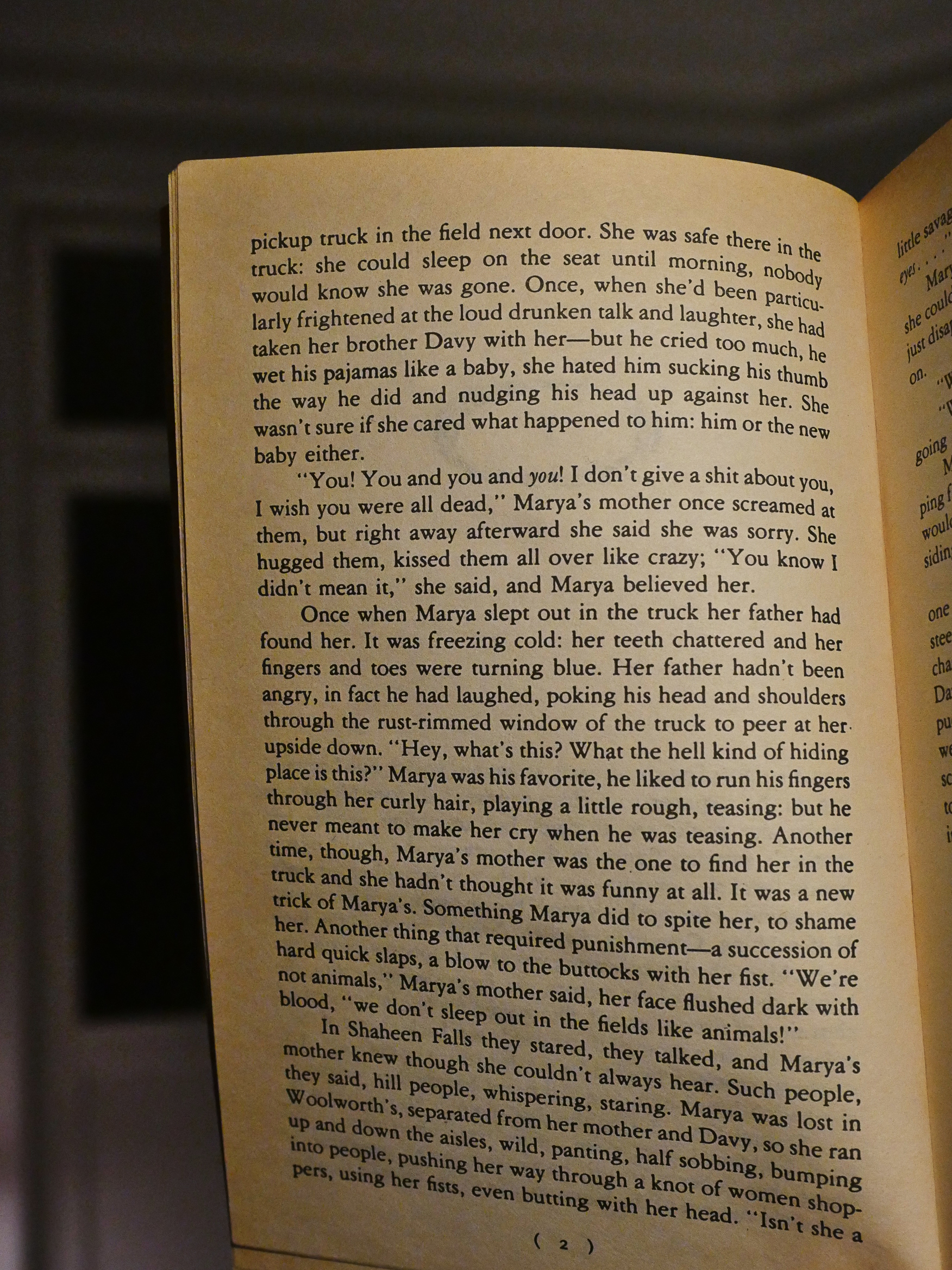Last week I did croissants to indifferent results, so why not try something that has almost as bad reputation for being tricky: Macarons.
And then I found this recipe for liquorice macarons. Yes! But then I started to study it, and it seems kinda odd. I mean 2 cups of chocolate chips for the filling? That’s (according to Google) 350g? That’s… a lot of filling for 20 little crackers.
So I googled on and found https://www.davidlebovitz.com/french-chocolat/ this one, which has 120g chocolate for 16 macarons.
*shrug*
I mostly went with the latter recipe, but I left out the cocoa and added liquorice powder.
The usual collection of ingredients…
I used 200g of white chocolate. The first recipe said to melt the chocolate in the micro and then stir into the hot cream/liquorice, which sounds reasonable to me, but the other said to just head the cream and then add the chocolate directly. Less work! So let’s go with that.
Cream and liquorice. Yum yum.
Add chocolate. And it melted straight away. Strangely enough, the mixture got a very heavy caramel flavour… was it too hot? Did the chocolate sugars caramelise? I mean, it’s not a bad flavour, but it’s unexpected. You can hardly taste the liquorice…
Anyway, into the fridge harden up for an hour or so.
For the macaron shells, I’m grinding up some almonds. I googled a lot to find out whether using unblanched almonds was acceptable for macarons, and google said… no! yes! no! yes!
So I gave it a go.
And sifted the almond flour to get rid of bigger chunks. I think about three quarter of the almonds made it through.
And then mix up the dry stuff…
Whip up egg whites and sugar…
Mix mix mix.
Pipe pipe pipe…
Pipe pipe… Oh, they float out a bit more than I thought. Those are perhaps on the big side.
And that’s the only silicone mat I have, so let’s go with baking paper for the second sheet. And these are somewhat smaller.
Let’s hope they don’t stick too much… or swell up so much that they join up…
Then they’re supposed to be out in the open for half an hour to dry out a bit and form a “skin” on the top. I guess that’s to… er… to… keep shape in the oven? To… er… it’d be nice if recipes explained stuff…
OK, they came out…
AAAARGH!!!
I forgot the food colouring! These were supposed to be black!
Geez.
Well, too late now.
They look kinda like macaron shells, don’t they? What with the frothiness at the bottom and the smooth top.
I’m not all that impressed with this silicone mat: They stick quite a bit… I mean, nothing dramatic, but I had hoped that there’d be no stickingness. But I got all six of the large-macaron first batch off.
And then the second batch with more misshapen, but smaller ones. They didn’t all flow together into one macaron landscape! Yay!
Looks OK to me.
Hey! The baking paper is a lot better than the silicone mat… I think I’ll just ditch it.
And now they just have to chill before I can put them together with the ganache, so I can choose a book to read while eating them.
Well, there’s not much to choose between here, is there? Among the books I bought in the early 90s, but have avoided reading (so far) there’s only three left, and I choose Marya: A Life, by Joyce Carol Oates.
I had two books by Oates in this series: The first one was a solid collection of horror stories. This one, I’m guessing, is more horrifying: Just based on the title (I’m neurotic about never reading the back cover of books), my guess is that this the tragic life story of somebody growing up poor, with abusive parents, and then sexually abused as a child, and then raped as an adult, and then marrying an abusive guy, before getting an abusive son and a cruel daughter.
I don’t mean to be dismissive! I bought it myself (on a sale, I think), and I’m pretty sure that Oates is a good author. I’ve read a bunch of her essays in the New York Review, for instance, and she’s smart and interesting.
But I’m honest here, and that’s why I haven’t read it yet: Every time my eyes have scanned the spine of this book, my own spine has gone jello and I’ve just “I can’t”.
But let’s see! Perhaps I’m all wet and this is about something fun!
Huh. There’s a couple of names on the inside front cover? Did I buy this used? It’s totally unread, anyway, so Rune & … Lina? didn’t read it either after buying it.
Huh. That’s odd. It’s copyrighted by The Ontario Review? Oh!
Ontario Review, A North American Journal of the Arts, was published from 1974 to 2008 by Raymond J. Smith and Joyce Carol Oates.
More confusing is that portions of this book has previously been published all over the place, in ten different magazines. And there’s 11 chapters in this book. Is this really a short story collection that’s been novelified (that’s a word)?
Oh, well, let’s read the first two pages together:
OK, we’ve got a nice father, but an abusive mother. Semi-check on my prejudices.
And the sexual abuse starts when Marya is eight (an older cousin).
*sigh*
Oates, on a paragraph by paragraph basis, is a great writer. She drops these little details here and there that feel so true, and it all flows so easily. Even when being obscure, there’s she pulls the reader along.
But now the macarons should be all chill and stuff.
I got… ten and a half macarons. The recipe said 16, and with my four supersized ones, that sounds about right.
Mmm! That ganache sure looks… er… uhm…
OK, let’s pipe it.
That’s not so bad!
For half of the macarons, I wanted to add some ammonium chloride, because that’s what goes with liquorice.
Whaaat?!?
And I added some black food colouring, too. It was supposed to go in the dough and not in the ganache, but whateves.
Well, that’s a… colour…
Look! How… well they… go… together…
Anyway, I pipe it onto the shells and…
That looks like a macaron!
So let’s read some Marya and see how they go with the book…
Mmmm! Crunchy on the outside and soft on the inside. And the ganache is really good. Especially after resting in the fridge for some hours, the brownish non-ammonia ganache surrenders some of its caramel flavour and gives you more liquorice action.
But the salmiak ganache is so much better. You can’t really taste the ammonium chloride that much, but the ammonium salt has elevated the liquorice flavour itself hugely. It really smacks you about with its total liquoriceness. (That’s a word.)
Oh, yeah, I forgot that the recipe called for edible silver dust, too. I’m really bad at remembering those aesthetic details, apparently…
Nom nom. These are really quite something.
Anyway, my predictions for this book seem to turn out to be wildly inaccurate. Instead of a catalogue of horrifying things Marya has to go through, instead we seem to be whiplashed between various random characters that Marya encounters. And the styles are pretty random, too… In the chapter about one of her high school teachers, we seem to get into an elegiac circling structure. (He’s introduced and then almost killed off within the chapter.)
In the next one, we get the story about when she wanted to become Catholic, so we’re introduced to a priest (who’s then killed off), and the style shifts to this rambling formless thing.
Which brings me back to my initial suspicion: Is this novel a fixer-upper? Oates has taken a series of short stories (about Marya, I’d guess) and then slightly moulded it into something resembling a novel? It’d also explain some of the repetition that creeps in here and there, as Oates familiarises us with some stuff we’ve just read a dozen pages earlier.
I wouldn’t really call it a short story collection, either. It’s a collection of anecdotes arranged chronologically. Some of these anecdotes feel very personal, which makes me wonder whether this is a semi-autobiographical book.
The most anecdotey of all these anecdotes is the one about the awful janitor.
To be fair, in the final… er… I don’t want to call them “chapters”… In the final section of the book, Oates ties some threads together, and almost successfully makes this into a… thing. Because as well-written as these anecdotes are, reading one after another in this way, where no anecdote leads to something more, something important, something that builds…
It’s not very exciting.




